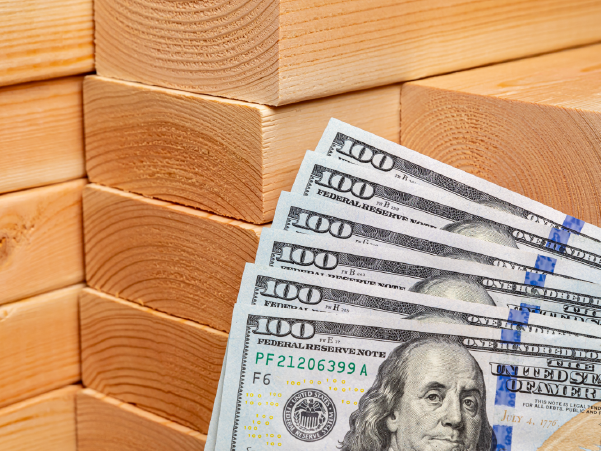Achieve the Landscape of Your Dreams Post-Pandemic
2020 saw an upsurge in outdoor redesigns—from businesses to backyards. Outdoor living investments topped the list of spending as everyone reconsidered the value of open-air seating or, for homeowners, a sanctuary.
Due to shutdowns, however, disruptions in supply chains were common and became major 2020 obstacles. Consumer demand then outpaced supply and drove up costs as products took longer and longer to arrive.
The lumber and resin supply chains took a particularly harsh hit. Lumber shortages resulted from dealers cutting back in light of falling demands at the start of the pandemic. Resin shortages were driven by “many resin manufacturers and distributors declaring force majeure on [many resin products]” in light of major storm fronts hitting Texas and the Gulf Coast. With resin being used for plastics, even PVC and sprinkler parts rose in price. A decrease in workers across the board also stunted supply chain flow, as there are fewer truck drivers able to deliver.
As the country opens back up, supply chains are patching, but the builder industry still cannot expect the speed and supply of pre-2020 years. Roger Ramsey from Ewing Irrigation emphasized that “we will not have the luxury of a full supply chain to lean on”—we are still in recovery, and it will take time to return to snap back.
According to Evan Moffitt, CLT, CLIA, PCA, from SiteOne Landscape Supply, however, “this pricing is likely to stick. Pricing structures will change. It appears that there is no end in sight in terms of the shortage” (emphasis added). Because of this, it is essential to expect your landscape to not only potentially take longer but to cost more.
That being said, there are ways to be strategic while still achieving the landscape you want. Here are four tips for property owners to stay on top of limited resources:
Be Flexible
Do not marry yourself to a single ideal, and make sure to have a backup plan. Availability is still limited, and you should plan for the event that your specific materials might not be the best option. Says Ramsey, “Make sure you have an alternate in mind for each part of your project.” Be open to discussion with your designers on whichever aspects might see trouble.
Communicate
Early and proactive communication of your needs will make for a much smoother schedule. Try to be clear about what you need to be done and when, and the business tackling your project will adjust as they are able. Ask for realistic timelines so that you know what you can expect. Be communicative with your vision, needs, and options so you can be accommodated quickly and without fuss.
Be Ready to Switch Gears
Supply chain disruptions are usually sudden and unplanned, which means that your project might not be finished in the expected timeline. If supply shortages make one section of your landscape lag, once again be flexible—encourage the pursuit of other areas of the project site and be proactive with any adjustments you’re ready to accommodate.
Prepare for Price Adjustments
If you’re on a tight budget, begin with a forgiving vision so that you can adjust as needed to any price jumps or extra costs. “Expect delays,” says Moffitt. “Things will take longer to get. Materials will cost more.” Once again, communicate thoroughly with your landscapers so they know what you can and cannot afford. They will adjust within your margins to make sure that any potential hurdles won’t hurt you financially.
Post-pandemic, property owners continue to invest in outdoor spaces, which means not only are materials in high demand, but so is labor. If you are in the midst of a landscape project or planning to start one, these four strategies will guide you cleanly through the process. Please contact us if you have any questions about your project.

